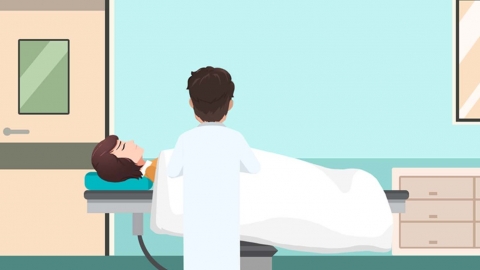How to tighten the thread in seton placement for anal fistula
Thread tightening for anal fistula should follow procedures including preoperative preparation, thread placement, gradual tightening, tension adjustment, and postoperative observation. The procedure must be performed under strict aseptic conditions by trained medical professionals to ensure therapeutic efficacy and safety. If severe pain, heavy bleeding, or other abnormalities occur after tightening, prompt medical attention is recommended.
1. Preoperative preparation: Clean the perianal skin before surgery, perform local disinfection and anesthesia, assess the course, depth of the fistula tract and the initial tension of the thread, and prepare sterile instruments for tightening. This helps prevent infection or increased pain during the procedure.
2. Thread placement: Use digital rectal examination or anoscopy to accurately locate the fistula tract and confirm that the thread encircles the fistula tissue properly, ensuring it follows the correct path. Accurate positioning avoids ineffective tightening or damage to healthy tissues due to misplacement.

3. Gradual tightening: Using hemostatic forceps, grasp both ends of the thread and slowly pull them toward the center. The force applied should be within the patient's tolerance. Each increment of tightening should be small to avoid excessive traction that could cause tissue tearing or bleeding.
4. Tension adjustment: After tightening, evaluate the thread tension. An ideal tension allows a slight gap—approximately the width of one finger. Maintaining appropriate tension promotes ischemic necrosis of the fistula tissue while avoiding excessive tension that may be intolerable for the patient.
5. Postoperative observation: After tightening, monitor the perianal area for bleeding or edema. Inquire about the patient’s level of pain and document the time and tension of the tightening procedure to guide follow-up visits and subsequent adjustments.
Maintain cleanliness and dryness of the perianal area after surgery. Wash with warm water after bowel movements. Avoid prolonged sitting or standing. Follow a light, easily digestible diet, minimize intake of spicy or irritating foods, maintain regular bowel movements, and prevent constipation to promote wound healing.




